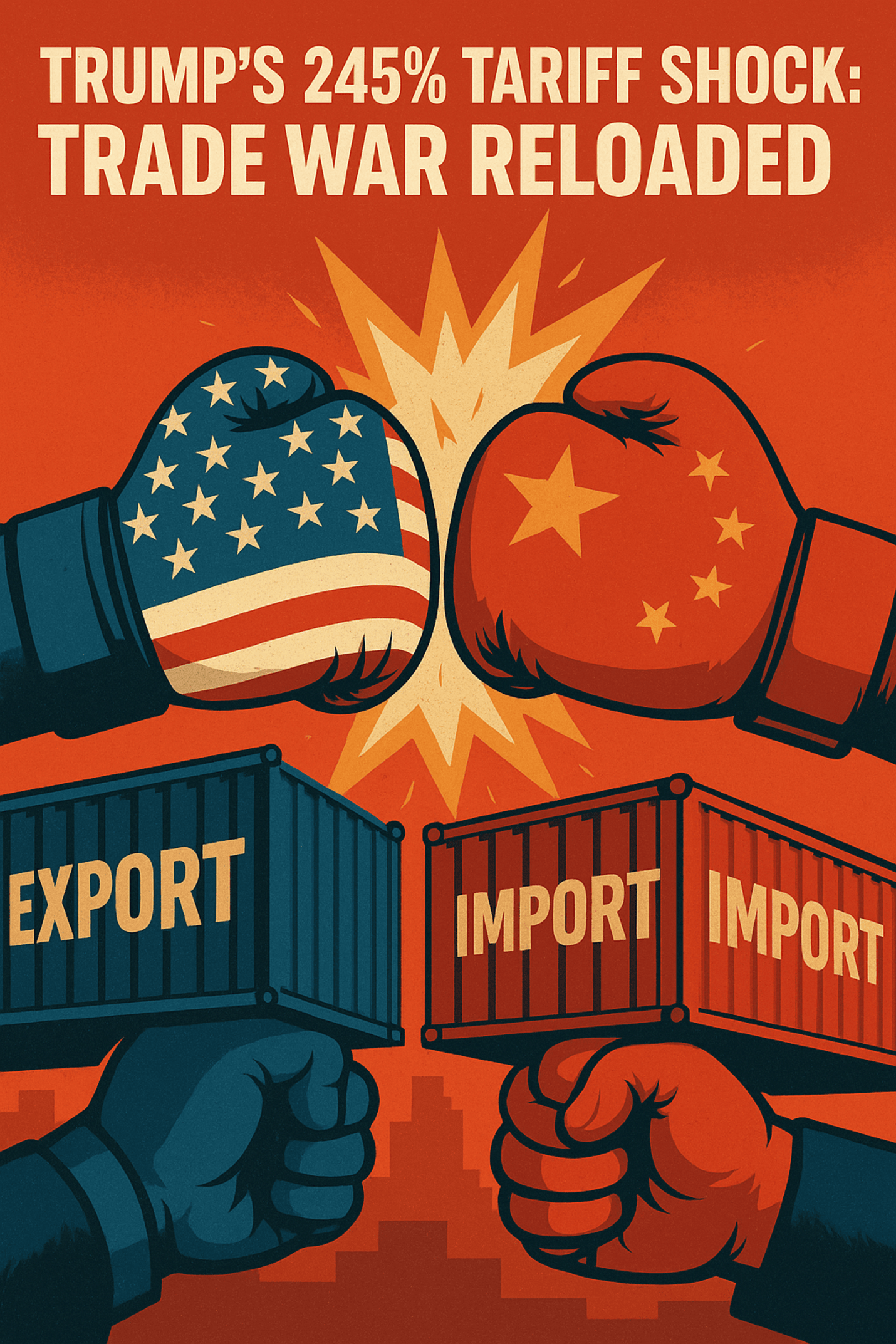Trump Eyes New Trade Deals with Asia’s Powerhouses
As the world economy changes, the United States gets closer to signing important trade agreements with South Korea, Japan, and India.
Ongoing Strategic Trade Negotiations
President Trump recently stated that the United States is in the final stages of negotiating trade deals with India, South Korea, and Japan, possibly within the next two weeks. While underscoring the significance of these potential agreements, he also conveyed that there is no immediate pressure to finalize them, suggesting that discussions are still in progress. The President’s statements indicate a strategic approach to trade negotiations, balancing the urgency of reaching agreements with the need to secure favorable terms for the United States.
U.S. Commerce Secretary Howard Lutnick has announced the conclusion of a new trade agreement with an unspecified nation, widely believed to be India. This agreement is currently awaiting approval from the other country’s leadership. The specifics of this agreement remain undisclosed, but it is expected to address key areas of trade, such as tariffs, market access, and intellectual property rights.
Tariff Policies and Their Economic Repercussions
On April 2nd, the Trump administration implemented reciprocal tariffs, imposing rates of 25% on South Korea, 24% on Japan, and 26% on India. Following subsequent negotiations and international pressure, these rates were later reduced to 10%. The initial imposition of high tariffs was likely a tactic to pressure these nations into accelerating trade negotiations and making concessions. The subsequent reduction suggests a willingness to compromise and reach mutually acceptable solutions.
Apple CEO Tim Cook has reported that these tariffs could negatively impact the company’s financial performance, potentially costing it approximately $1.4 billion in the current quarter. This highlights the potential economic consequences of tariff policies on businesses, particularly those with complex global supply chains. The increased costs resulting from tariffs can erode profit margins, force companies to raise prices, and ultimately affect consumer demand.
India’s Diplomatic Efforts
India has been actively engaged in diplomatic efforts with the U.S. to resolve existing trade tensions. President Trump and Indian Prime Minister Narendra Modi have agreed to accelerate negotiations on a comprehensive Bilateral trade Agreement (BTA) with the bold goal of doubling bilateral trade to $500 billion by 2030. This ambitious target reflects the growing economic relationship between the two countries and the potential for further expansion.
In exchange for the United States easing reciprocal duties, India has offered to lower tariffs on almost half of its imports from the United States. This proposal indicates India’s willingness to make concessions in exchange for more equitable trade treatment. According to the U.S. Treasury Secretary, India is anticipated to be one of the first countries to complete a trade agreement under the new administration, indicating that deepening economic connections with India is a top priority.
Economic Strategies of Japan and South Korea
With businesses like Toyota and Isuzu building new plants, Japanese Prime Minister Shigeru Ishiba has announced intentions to raise Japanese investment in the United States by $1 billion. This aims to strengthen ties and demonstrate Japan’s commitment to U.S. economic growth. Despite this, the U.S. has imposed a 24% tariff on Japanese goods, which Ishiba finds difficult to comprehend, raising concerns about trade balance. In order to lessen the impact of the 25% tariff that will go into effect in April, South Korea and the United States are also negotiating a trade deal. These negotiations are part of a broader effort to strengthen ties and address trade imbalances, as South Korea seeks to diversify its trade and reduce reliance on U.S. exports.
Market Reactions and Investor Confidence
The anticipation of new trade agreements has had a positive effect on financial markets. Indian benchmark indices, the Nifty 50 and BSE Sensex, have experienced consecutive weeks of gains, driven by optimism surrounding a potential trade deal between India and the U.S. and consistent inflows of foreign investment. Investor sentiment has been buoyed by the prospect of reduced trade tensions and increased economic cooperation between major trading partners.
Navigating a Shifting Trade Landscape
A major change in U.S. trade policy may be seen in President Trump’s hint of possible trade agreements with South Korea, Japan, and India. While the imposition of tariffs has created challenges, the ongoing negotiations suggest a willingness to pursue mutually beneficial solutions. The outcomes of these discussions are poised to have a lasting impact on global trade dynamics and international economic relationships. The successful conclusion of these trade deals could lead to increased trade flows, enhanced economic growth, and greater stability in the global economy. However, failure to reach agreements could result in prolonged trade tensions, increased protectionism, and a negative impact on businesses and consumers.
Final Thoughts
According to recent remarks made by President Trump, the United States is aggressively seeking new trade deals with South Korea, Japan, and India. These developments occur amidst a backdrop of tariff adjustments and ongoing negotiations aimed at resolving trade tensions. While tariffs have presented challenges for businesses, the potential agreements signal a move towards establishing more structured trade relationships. The outcomes of these negotiations will be crucial in shaping future global trade patterns and the economic ties between the U.S. and these key Asian economies. The evolving trade landscape underscores the importance of diplomacy, compromise, and a commitment to free and fair trade in promoting global economic prosperity.
The image added is for representation purposes only










